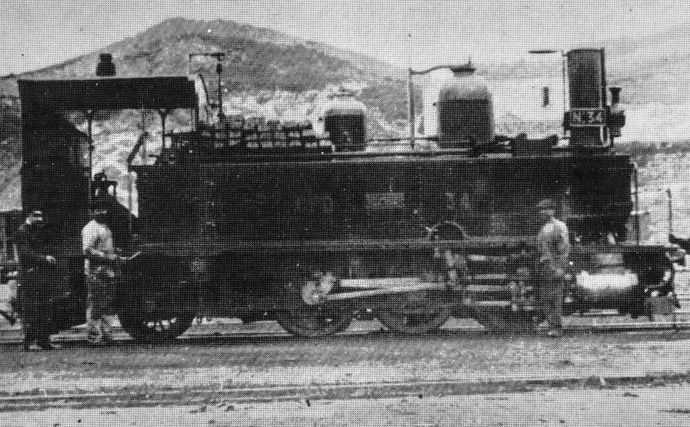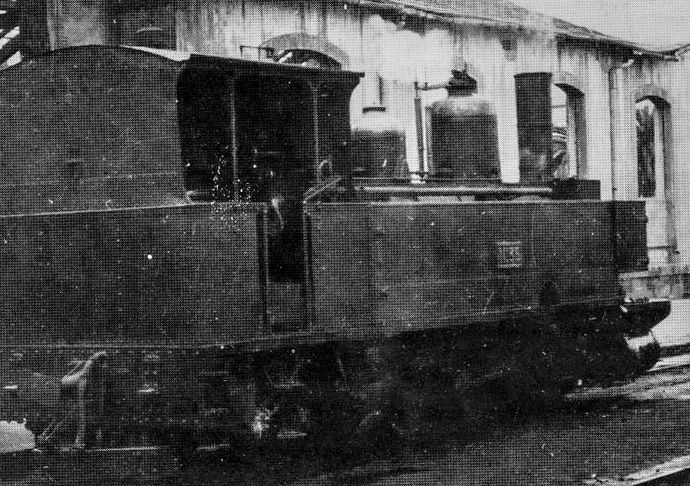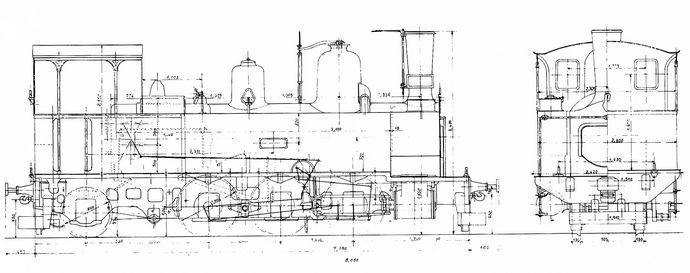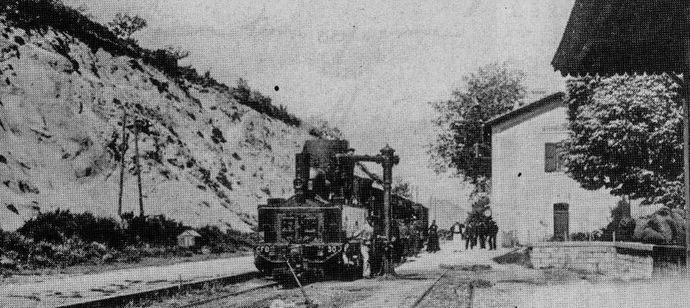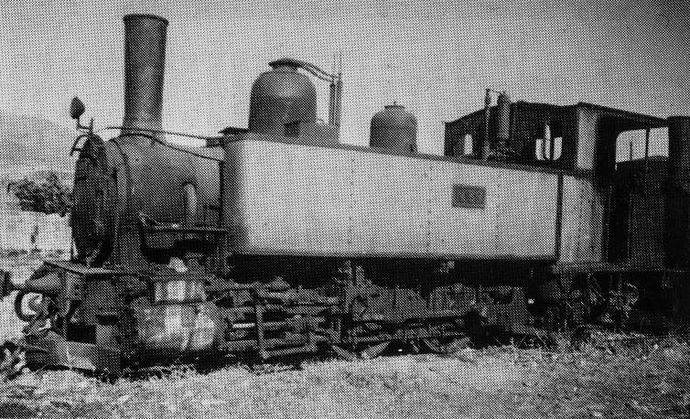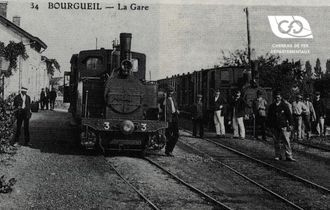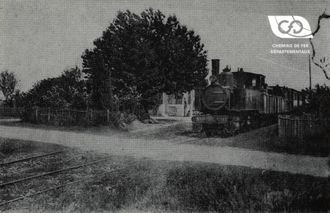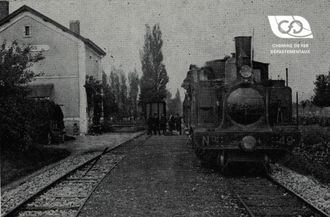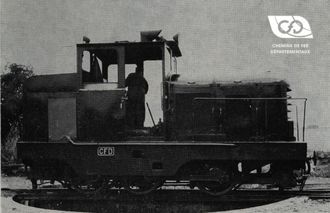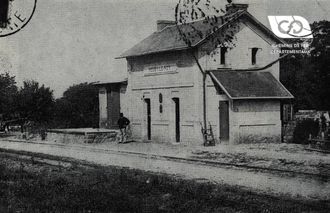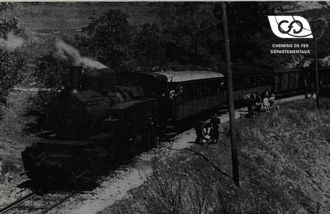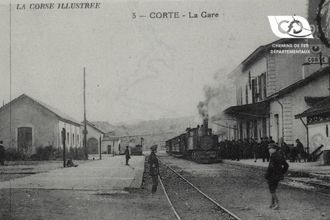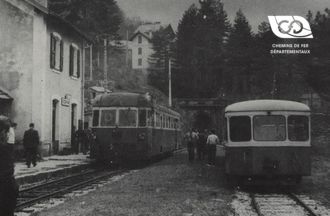Traction units were studied by the Corsican Railways Equipment Sub-Committee, a body of the Ministry of Public Works, and a proposal was made by Mr Bandérali to the Committee for Technical Operation of Railways. This organism, created in 1879, had decided on the type in use on the Chemin de Fer d'Hermes à Beaumont, but more broadly dimensioned to meet the requirements of the Corsican network.

The machines recently built at the S.A.C.M. in Belfort for the 1.05 m track lines of the Compagnie Franco-Algérienne seemed to him to meet the desired conditions. These three-axle locomotives with a rear bissel were designed for the trailer of 36 t trains on a 30°/°° gradient at a speed of 30 km/h. This load could be up to 483 t on level ground for the same speed. However, it was accepted that the operating company could propose a model with comparable performance, based on its own experience on the networks it administers.
The C.F.D. therefore sought among the French manufacturers a machine with characteristics close to the recommended model and derived from the one in service on its continental lines. The type 96 of the Ateliers de Fives-Lille seemed to suit them and this proposal received the approval of the higher authority.





